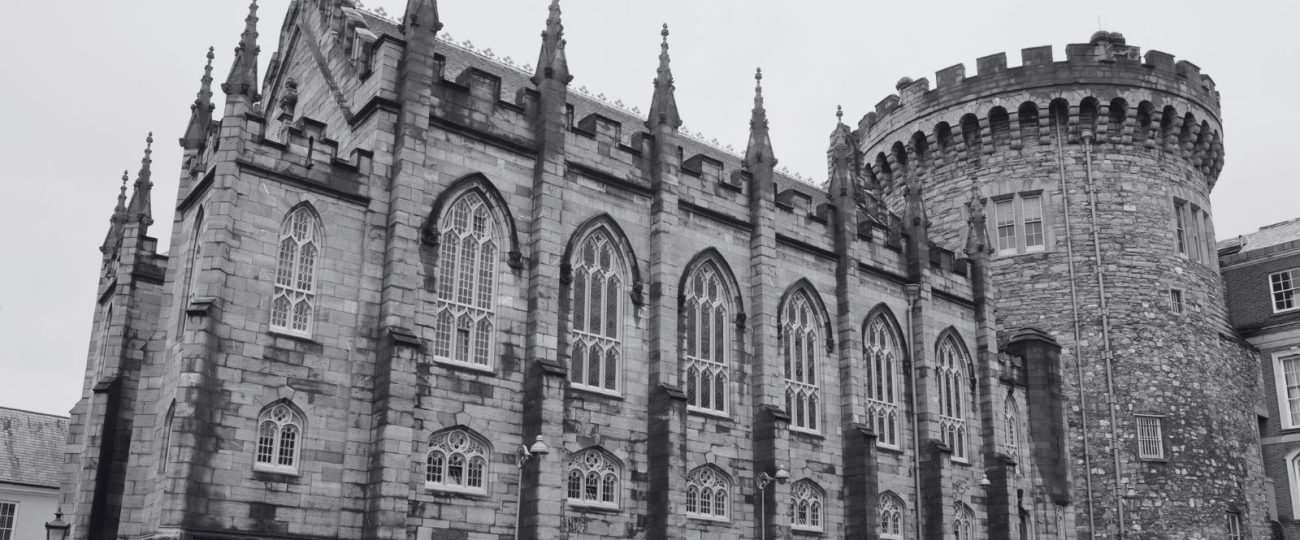What Happened On November 21st?
On November 21, 1920, Dublin experienced a day of devastating violence that came to be known as Bloody Sunday. The Irish Republican Army (IRA), directed by Michael Collins, initiated a carefully coordinated series of assassinations targeting British intelligence officers. By the day’s end, 32 lives had been lost, including British operatives, innocent civilians, and detained republican prisoners. The events revealed the extremes both sides employed during the Irish War of Independence.
Before dawn, IRA operatives spread across the city to eliminate members of the Cairo Gang, a group of British intelligence agents tasked with disrupting the republican movement. The teams stormed lodgings and safe houses, killing 14 individuals. Among those targeted were Lieutenant-Colonel Hugh Montgomery and Captain Leonard Price, both central to Britain’s counter-intelligence strategy in Ireland. Collins’s operation relied on an extensive intelligence network comprising undercover agents, sympathetic members of the Dublin police, and female couriers who provided precise details on the agents’ whereabouts. Figures like Nancy O’Brien and Lily Mernin risked their safety to pass on crucial information, ensuring the operation’s success. These killings significantly weakened British intelligence capabilities in Dublin, forcing surviving agents to retreat and regroup.
Later that afternoon, British forces retaliated at Croke Park, where thousands had gathered to watch a Gaelic football match between Tipperary and Dublin. Auxiliary forces and Royal Irish Constabulary (RIC) officers surrounded the stadium and, without provocation, opened fire on the crowd. Fourteen people were killed, including Tipperary player Michael Hogan and a young boy, Jerome O’Leary, who had attended the match with his father. Eyewitnesses described the chaos as spectators frantically tried to escape, only to find exits blocked by armed personnel. British officials later claimed their forces were searching for IRA suspects, but no evidence supported this justification. The massacre drew widespread condemnation, both locally and internationally, further eroding support for British governance in Ireland.
That evening, violence escalated when British authorities executed three republican prisoners—Dick McKee, Peadar Clancy, and Conor Clune—inside Dublin Castle. The men had been arrested the previous day and subjected to severe interrogation and torture. British officials claimed they had been killed while attempting to escape, but their injuries and the circumstances surrounding their deaths contradicted this account. McKee and Clancy were prominent figures within the IRA, while Clune had no known connections to the movement and was visiting Dublin on business. These killings provoked widespread outrage and further deepened public distrust of British rule.
Bloody Sunday took place during a critical phase of the Irish War of Independence. The Easter Rising of 1916 had reignited nationalist fervor, and Britain’s harsh reprisals, including mass executions and imprisonment, alienated much of the Irish population. By 1919, the IRA had embraced a guerrilla campaign that relied on ambushes, targeted killings, and sabotage to challenge British control. Michael Collins, serving as the Director of Intelligence for the IRA, transformed the republican movement into a sophisticated and highly effective organization capable of conducting complex operations like the one against the Cairo Gang.
Collins’s leadership emphasized the importance of intelligence gathering. He built a network of informants embedded in civilian life, sympathetic members of the police, and women acting as couriers. One courier famously smuggled a detailed floor plan of a British officer’s residence inside a loaf of bread, enabling the IRA to plan an assassination with precision. Collins personally selected and trained the members of the “Squad,” a group of elite operatives tasked with eliminating key British targets. His meticulous planning ensured the success of the operation, demonstrating his ability to adapt to the realities of guerrilla warfare.
The executions at Dublin Castle further inflamed tensions. McKee and Clancy had played pivotal roles in organizing IRA activities in Dublin, making them prime targets for retaliation. Clune’s inclusion among the executed, despite his lack of involvement in the conflict, highlighted the indiscriminate nature of British reprisals. The Crown refused to release the bodies of the three men to their families, adding to the public outcry and strengthening the resolve of the republican movement.
The successful assassinations crippled Britain’s intelligence operations in Dublin, forcing the Crown to withdraw many remaining agents. Meanwhile, the massacre at Croke Park and the executions at Dublin Castle galvanized public support for the republican movement. Across Ireland, protests and demonstrations erupted, while Irish communities abroad, particularly in the United States, intensified their lobbying efforts against British rule.
Michael Collins’s influence extended beyond the events of Bloody Sunday. Born in 1890 in County Cork, he grew up in a household steeped in nationalist ideals. As a young man, he joined the Irish Republican Brotherhood and quickly earned a reputation for his intelligence and organizational skills. During the War of Independence, he focused on intelligence gathering, sabotage, and guerrilla tactics, recognizing that conventional military confrontations would result in heavy losses for the IRA. Collins’s creation of the Squad, his use of informants, and his ability to outmaneuver the British military turned the tide of the conflict.
Collins later played a leading role in negotiating the Anglo-Irish Treaty of 1921, which granted Ireland partial independence. Although he saw the treaty as a practical compromise, it divided the republican movement and led to a bitter civil war. Collins, who led the pro-treaty forces, was ambushed and killed in 1922, leaving behind a complex legacy as both a revolutionary leader and a pragmatic statesman.





